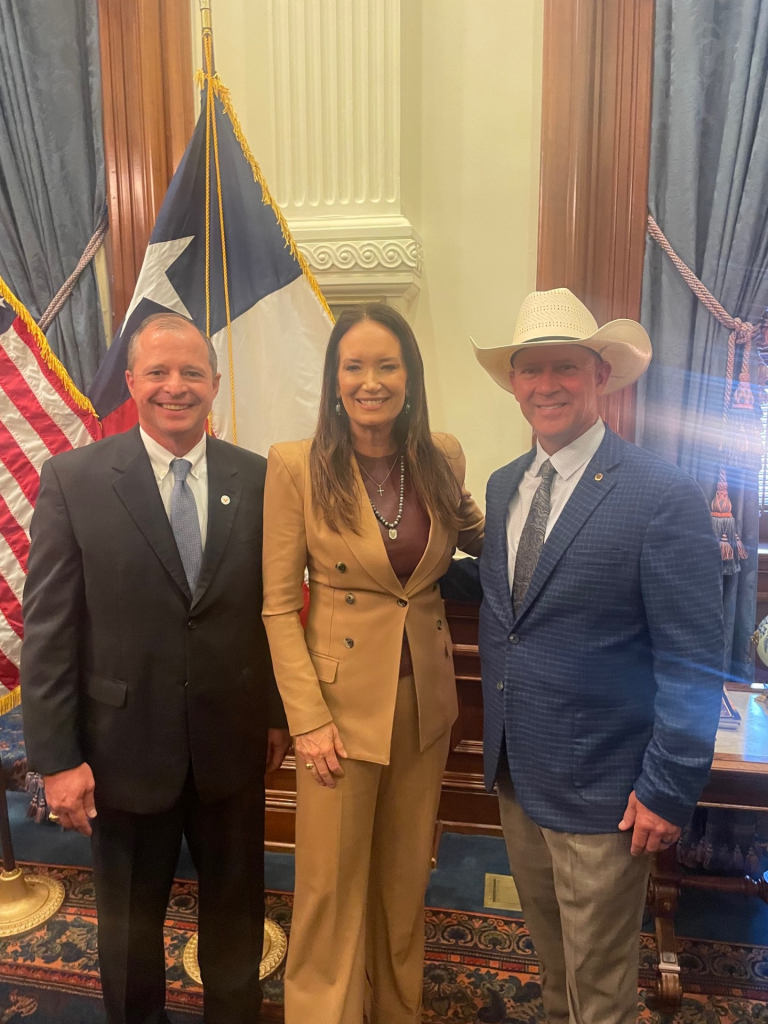
U.S. Agriculture Secretary Brooke Rollins announced plans to construct a $750 million sterile fly production facility in South Texas to combat New World Screwworm (NWS). Additionally, she committed $100 million to invest in viable innovations to develop new technologies, ramp up hirings of “tick riders” for surveillance along the border and continue collaboration with Mexico to control the northward spread of the NWS fly, leading to the eventual resumption of Mexican cattle imports.
“Today’s announcement from Secretary Rollins to fund the construction of a sterile fly production facility in Mission reflects her commitment to planning, preparing and protecting the U.S. cattle herd from New World Screwworm,” said TCFA Chairman Robby Kirkland. “This announcement is sincerely appreciated by TCFA as the sterile insect technique is the only proven way to eradicate New World Screwworm. We commend President Trump, Secretary Rollins and APHIS Administrator Michael Watson for their continuous dedication to using science-based information to make decisions to protect not only our cattle herd but also ensure supply chain stability.”
In late November 2024, Mexican officials notified the U.S. Department of Agriculture (USDA) that NWS was detected in the southernmost state of Mexico. Since that time, USDA has diverted all sterile flies being produced in Panama to southern Mexico.
TCFA leaders were present for today’s announcement and have met with Sec. Rollins on several occasions over the past few months to urge the Secretary to focus on a two-pronged approach inclusive of (1) deploying sterile flies in Mexico and exploring options to expand sterile fly production to stop the northward migration of NWS and (2) enhancing inspection and surveillance of livestock at the U.S./Mexico border by hiring additional user-fee paid USDA-APHIS veterinarians and animal health inspectors.
TCFA will continue to engage with Sec. Rollins and USDA-APHIS leadership to support their response efforts and explore options for reopening the southern cattle ports.

















